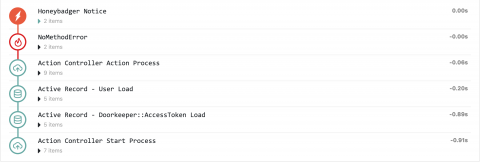Lights, Camera, GitHub Actions!
Here at Honeybadger, we are big fans of GitHub Actions' workflow automation and CI/CD features. We like it so much that we decided to add two of our own contributions to the community! Now you can trace stacks at light speed by uploading your source maps to Honeybadger directly from GitHub using your original, un-minified Javascript code.




